In Ghostrunner, death is inescapable for your enemies. You die over and over, but when you’re done, your enemies stay dead, and you are the only one left standing. You carve your way to the top of a cyberpunk megastructure covered in neon as you listen to a slick synthwave soundtrack, keeping time with the death you deal. And, at times, it is as badass as it sounds.
Ghostrunner is a game in dire need of a replay mode for both your failures and final success. Something similar to what’s found in Superhot or Katana Zero would be welcome because the game’s aesthetic and its gameplay combine to showcase what a robot ninja is actually capable of. It would have been satisfying to see it from every angle imaginable.
Its story doesn’t boast the same quality as its gameplay, sadly. It’s a trope-filled, predictable affair that does little to enhance the core experience. The pacing is all over the place, as can be the difficulty and annoyances. None of it makes the game less enjoyable to play, mind: it just detracts from the overall product enough to be noticeable.
Ghostrunner Review: The World Bleeds Red and Neon
This is a game meant to be played at high-speed, moving smoothly between traversal one second and a flurry of blades the next.
Ghostrunner follows the same basic rules as games like Super Meat Boy, Katana Zero, and Superhot: be hit once, and you’re sent back to a checkpoint. Smart play is vital, as is a deep knowledge of all the mechanics you’ve been introduced to.
Quick reflexes and decision making are key, as well. This is a game meant to be played at high-speed, moving smoothly between traversal one second and a flurry of blades the next. Then, between moments of slaughter, you’re avoiding death traps and dashing over bottomless pits at obscene velocities, only stopping to admire the derelict city around you.
You rely on core skills like wall running and a Sensory Boost, the latter of which slows time and allows you to avoid projectiles and other attacks with more freedom. Over the course of the game, you unlock additional abilities, most of them geared towards more effectively killing your enemies. Style isn’t tracked like in Devil May Cry, but your abilities are intelligently stylish by default.
Getting Around
Ghostrunner’s levels break down into two distinct area types: traversal and combat. Traversal areas center around precise platforming and judicious use of your various movement abilities. Most of them are about going up, but some have you descending via a slide. Either case has you learning when to jump, dash, grapple, and slide, and by the end of the game, these portions will be lengthy and complicated.
Each combat arena is self-contained, so you won’t avoid any of them. You must combine what you learned in the traversal sections with all the abilities you’ve gained to that point to succeed. You learn about new enemies one at a time before the game quickly ramps up the complexity.
Your ability to make decisions on the fly is paramount, as, by the game’s end, two things will be true: your reaction speeds will be lightning-fast, and your death count will be high. Until you know how a room or a fight flows, there isn’t much room for error, and you will die at least a few dozen times on the harder ones.
How you use your enemies’ abilities to your advantage determines success in the later levels, as does optimal movement. Experimentation is a worthy tool, as what you think you can do and what you can actually do are often the same
Facilitating your trial and error is a fairly forgiving checkpointing system. Failing halfway through an encounter always sends you back to its beginning. It’s only the start of that encounter and not the level or area. For more difficult platforming and traversal sections, there are additional restart points. Boss fights also have multiple checkpoints, with one exception.
Failure is an important part of the learning process, and on PC, at least, the restarts are instant. Your mistakes are almost always the cause of failure too, because, by the time you’ve seen the whole room, you know where an enemy or hazard will be, when, and your preferred route to them.
Enemies and obstacles are easy to understand once you’ve been up against them enough times. It’s ultimately a matter of staying calm under pressure and learning rather than hitting your head endlessly into a wall.
Sights and Sounds
The world itself isn’t a masterclass of cyberpunk narrative design.
A game as fast and frenetic as this one needs a soundtrack that drives adrenaline and pushes the player to greater and greater heights. Ghostrunnerdelivers. Pulsing baselines and powerful synths are at the heart of the score. While the music can be a somewhat standard synthwave from time to time, it’s never boring or intrusive. More importantly, it’s good enough to make repeated failures more bearable.
The sound of slicing through your foes is just as satisfying. The metal-on-metal zing shows off the power in your sword arm, and the flop of a bisected corpse on the ground tells you just how dead they are. Enemy attacks all have a unique tone, so even if you aren’t looking at them, you know who you’re fighting.
Characters are well-voiced, though there’s nothing spectacular about the acting. It is exactly what it needs to be.
The art design and aesthetics, however, are outstanding. Each section of the tower you move through has its own personality, but everything is bathed in neon. Ghostrunnerloves to show off the power of Unreal Engine 4 too, with stark lighting changes and contrasting colors, blood spatters, and oil puddles reflecting the dying world around them.
While the world itself isn’t a masterclass of cyberpunk narrative design, the artists and environmental designers spared no expense making everything look as slick as the combat and movement.
Falling Out of the Sky
There’s a lot to love about Ghostrunner, but there’s no shortage of small things to complain about as well. The biggest issue is its inconsistent wall running. Sometimes my character would stick right to a wall and jump gracefully to the next. Other times, I’d find myself falling into a restart because I didn’t wall run when I thought I would.
The pacing is another large problem. Most of the game happens at breakneck speeds, but the portions where you gain additional abilities and upgrades slow everything way down, stripping you of most of your movement abilities in the process. Suddenly, I would find myself standing over a cyberspace abyss waiting for a platform to rotate so I could gather part of a key.
The cyberspace sections are infrequent enough, but they almost always occur late in a level where you’re already on edge and don’t want to come down until the clear screen comes up. But out of nowhere, rote platforming and simple puzzle solving appear in a game about being a stylish robo-ninja with superpowers. To say the transition can be jarring is putting it mildly.
Then there is the customization screen, where you augmented your abilities using a Tetris-style grid and shapes. I appreciate that I could make my killing techniques even more powerful, but more than once, I found myself taking time to optimize the grid just a little bit more, taking the pace of the game and slamming squarely on the brakes. Even the cyberspace levels had me moving. Futzing in a menu did not.
The story is also something of a pain point.Ghostrunner is predictable in the extreme, with each narrative beat existing only as a framework to reach the next combat and traversal area. The villains are bog-standard cyberpunk tropes, and the hero’s reasons for doing what he’s doing are nothing to write home about.
There are several opportunities to expand on the world that never gets explored, like going outside into the rotted wasteland or interacting with the characters you meet over the story’s runtime.
I encountered a few bugs in my playthrough as well, from getting stuck in geometry to crashes and the like. I played on a pre-release build of the game, and I imagine most of these are likely to be fixed when the game launches on October 27.
Ghost Runner Review — The Bottom Line
Pros
- Incredible combat and lightning pace
- Great soundtrack and aesthetic
- Smooth performance even on the highest settings
Cons
- Weak story and worldbuilding
- Pacing issues
- The occasional bug and crash
Ghostrunner offers satisfying combat in a well-constructed, beautiful cyberpunk world. You will feel more and more powerful as the game moves on, and moving through the world is always a wonderful experience.
There are a few holes in the story and mechanics that could have seen additional tuning, but if you’re in the market for a fast-paced slash-em-up set in a bleak future, Ghostrunner has just what you need.
[Note: 505 Games provided the copy of Ghostrunner used for this review.]

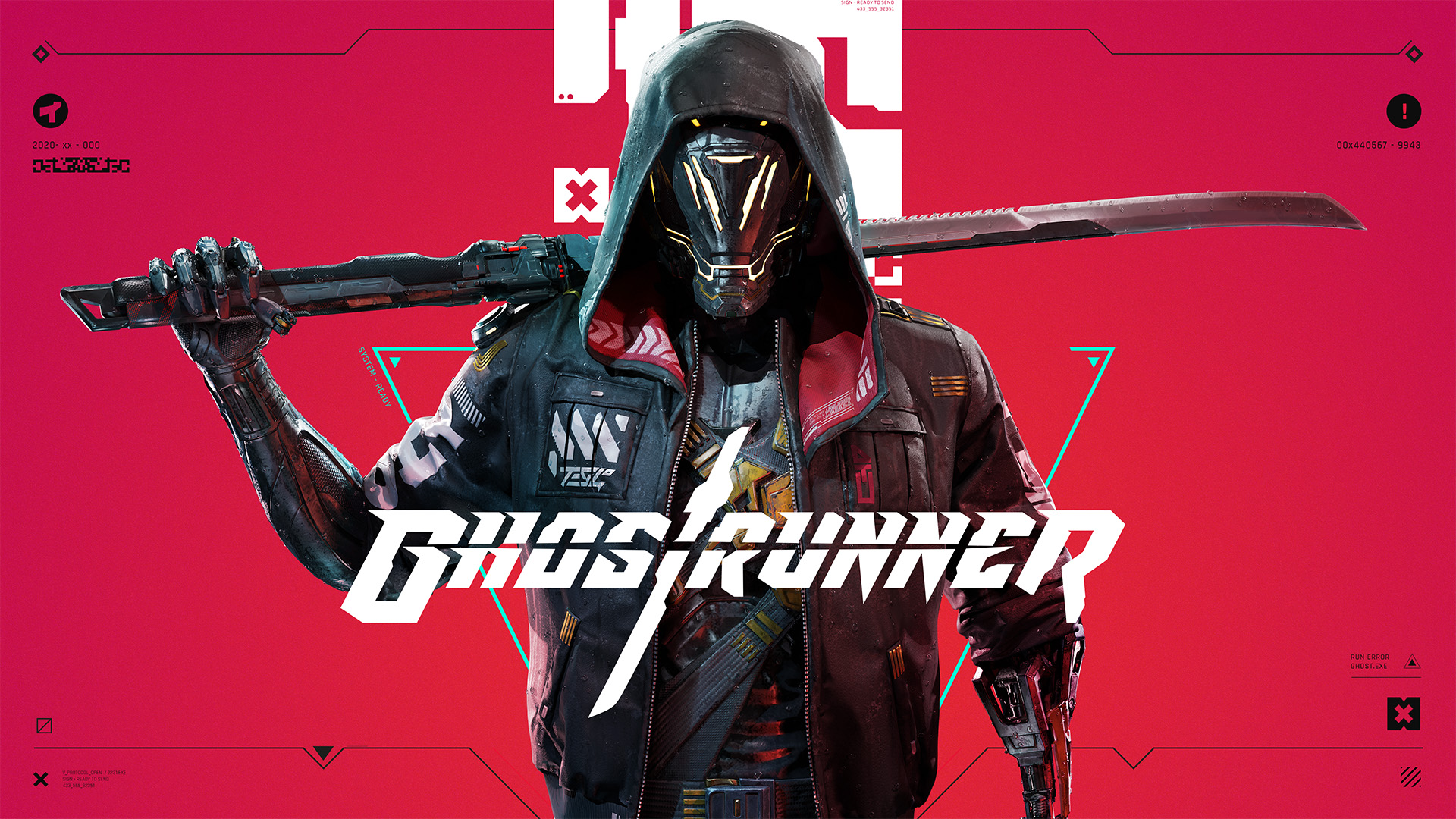
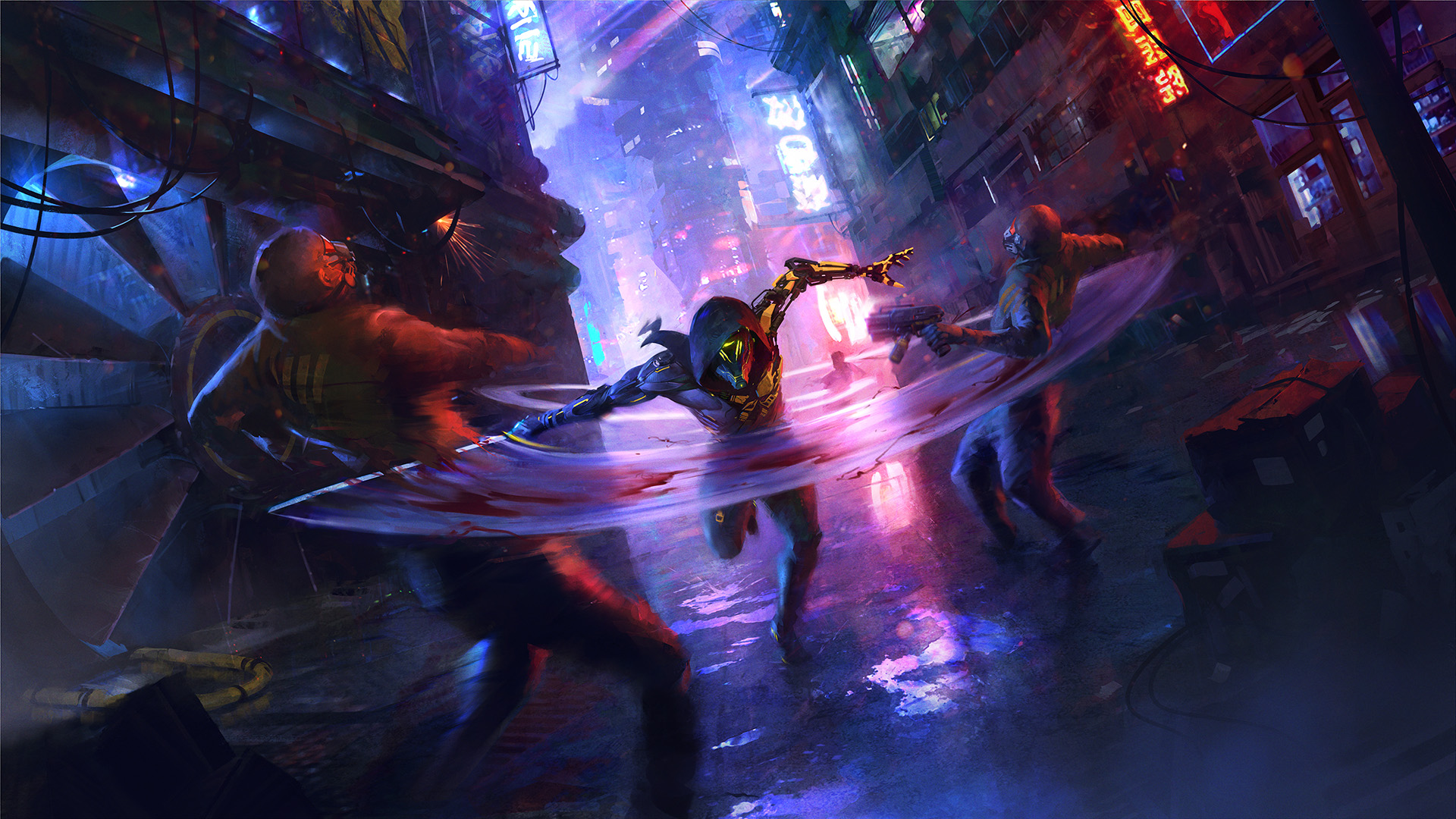
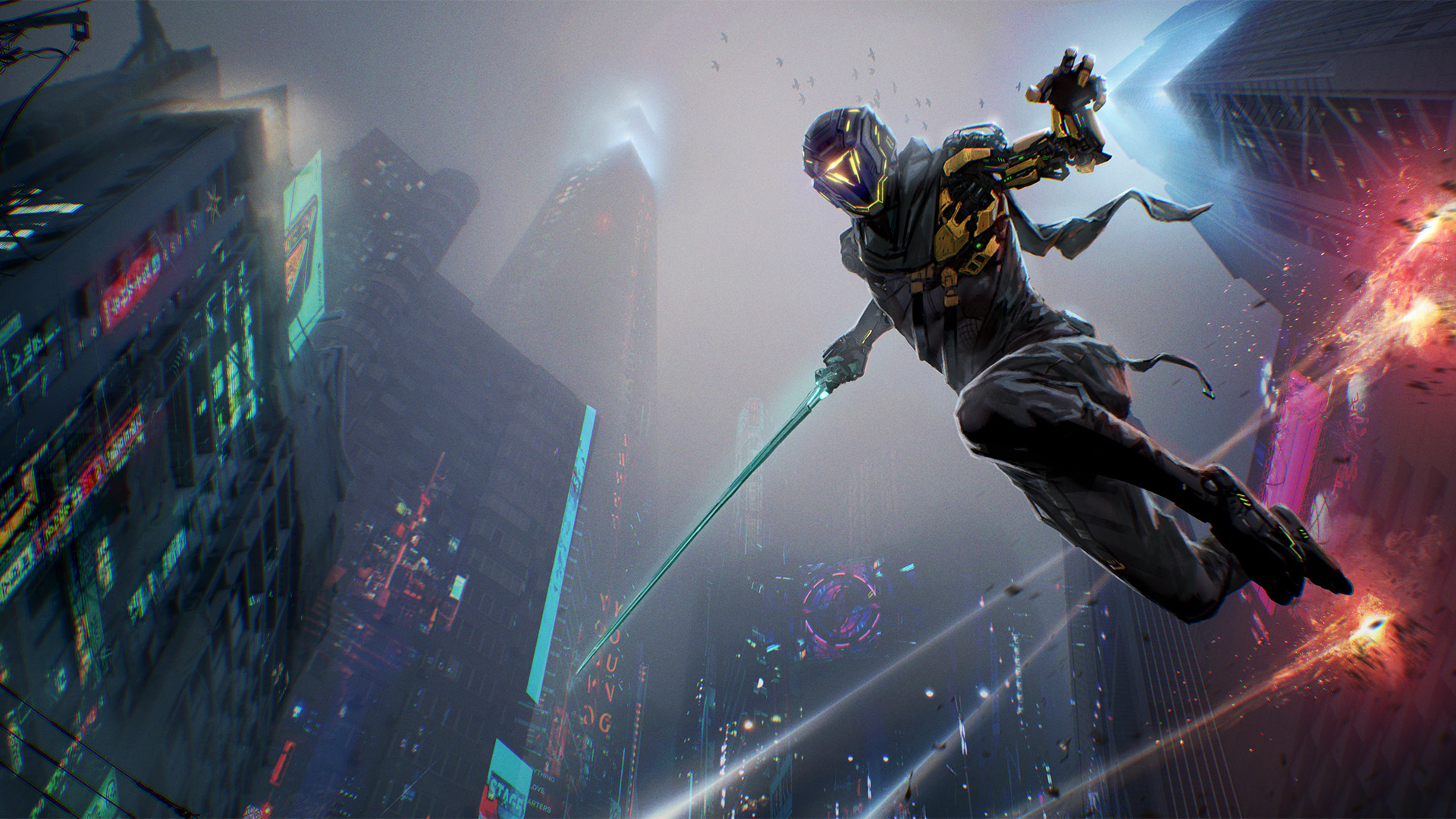
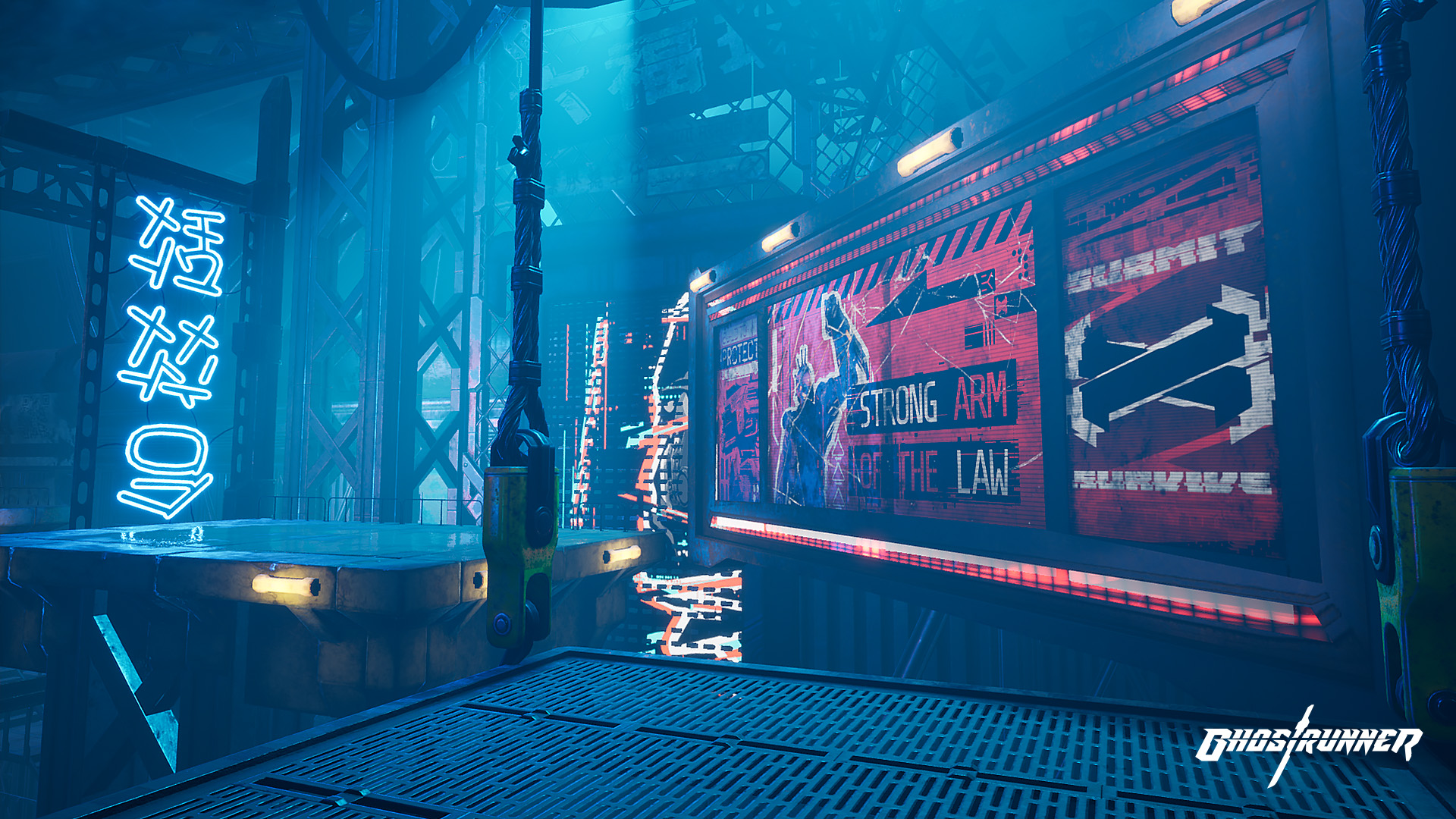
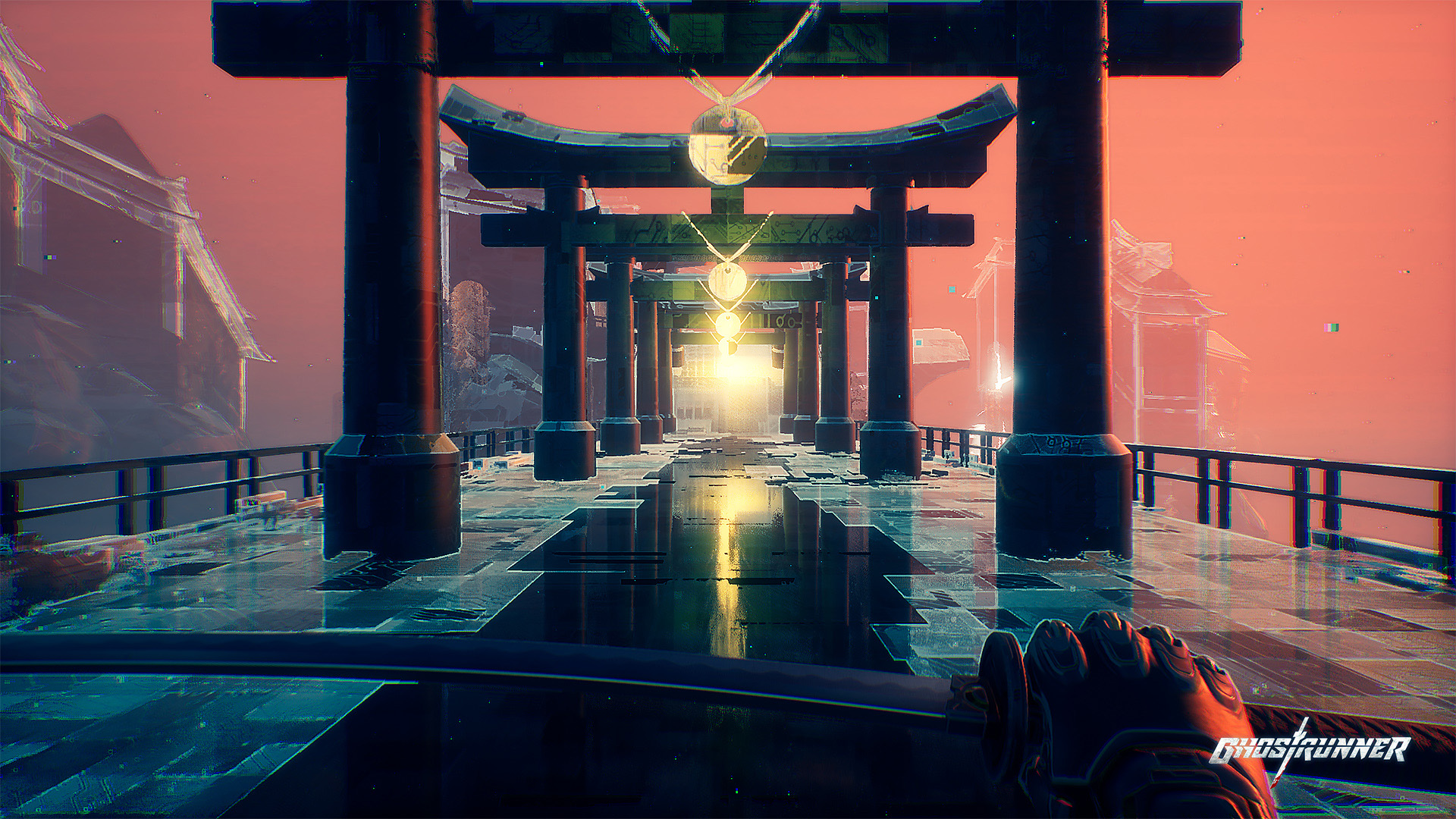
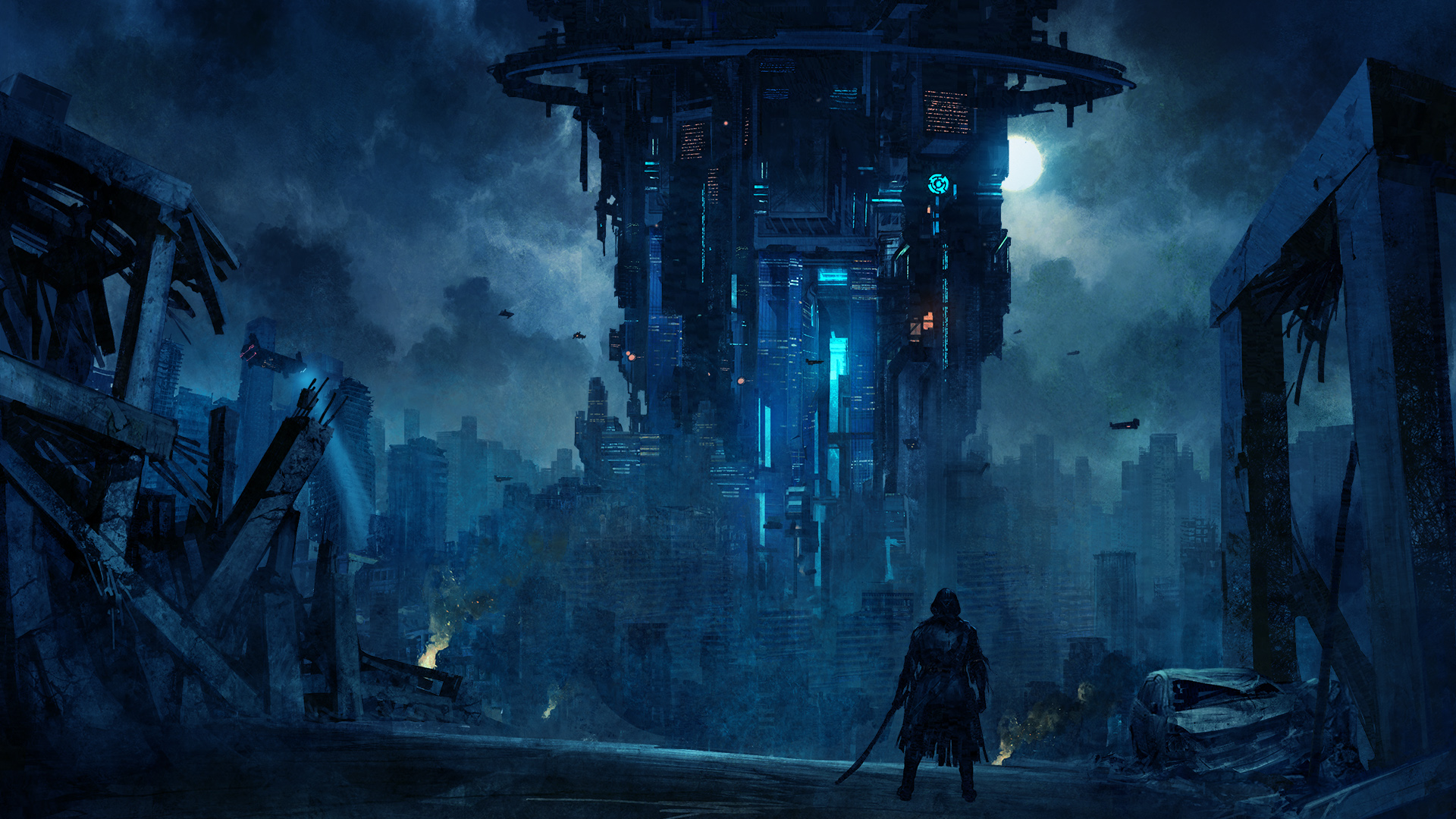





Published: Oct 26, 2020 12:11 am